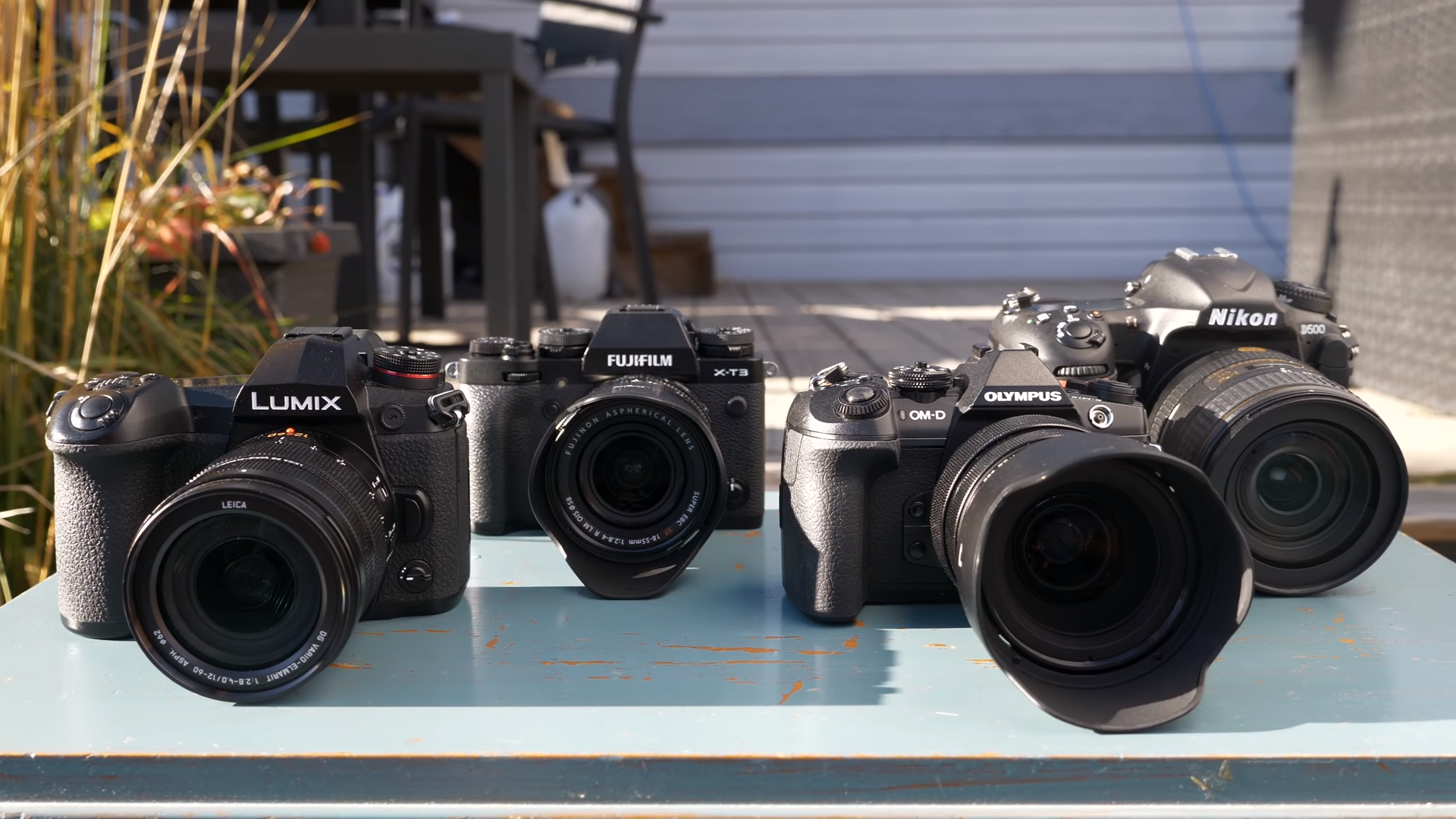Crop sensor cameras are far more advanced than they used to be, and deserve much more credit in the professional photography world.
Just a few short years ago it was pretty easy to say that APS-C and Micro Four Thirds cameras could never be used by professional photographers. Crop sensors cameras of yesteryear were known for poor high ISO performance, lacked a lot of features their much more expensive Full Frame brothers had, and often produced images that were lack luster. Times have changed in a major way though. Current APS-C and Micro Four Thirds crop sensor cameras like the Fujifilm X-T3, the Nikon D500, the Olympus EM-1 Mk II, and the Panasonic G9 have been adopted by professional photographers around the globe, and for good reason.
There will always be some that believe you cannot call yourself a professional photographer unless you use a Full Frame camera. This a real shame because the latest crop sensor cameras destroy older crop bodies, and often perform equally as well as some Full Frame cameras. It’s really about time we start giving crop sensor cameras more credit. Chris Nichols from DPReview TV recently put the four pro-body, crop sensor cameras mentioned above through their paces to see how they could handle different types of photography. You may be surprised by the results.
There is no doubt that current crop sensor cameras are more than capable of being used in professional settings. Thanks to their vastly improved low light performance, enhanced autofocus and tracking systems, build quality, and the inclusion of features such as eye focusing and face detection, crop sensor bodies no longer lag behind Full Frame cameras bodies when it comes to features and performance. There is simply no reason why they can’t be used at a professional level, and it really is about time that the stigma that follows crop sensors goes away.
Do you intend to use, or do you already use one of the above crop sensor cameras for your professional work? Would you consider jumping over to crop sensor cameras from their larger Full Frame brothers? Let us know in the comment section below why you may, or may not make this move in the future.


